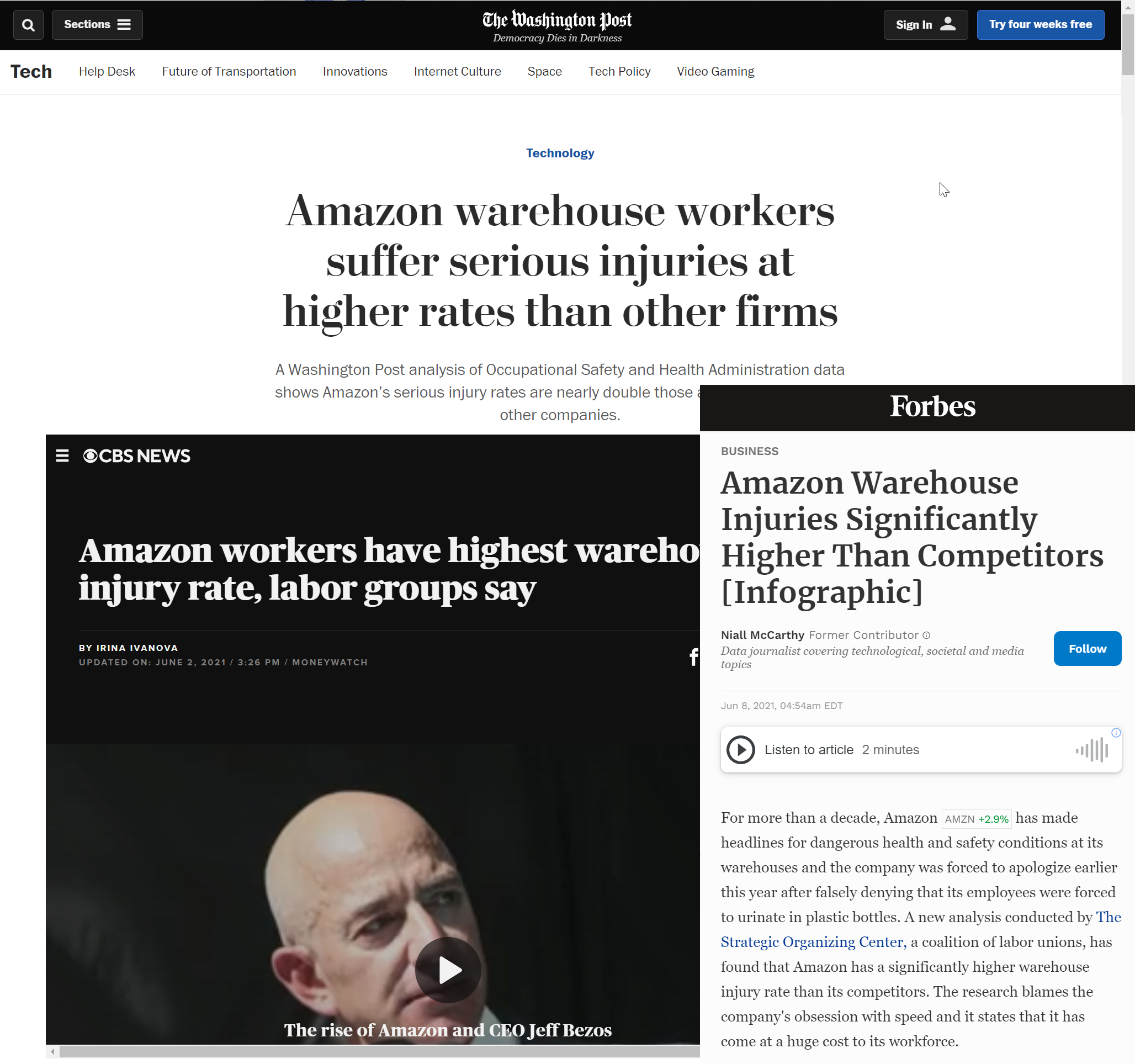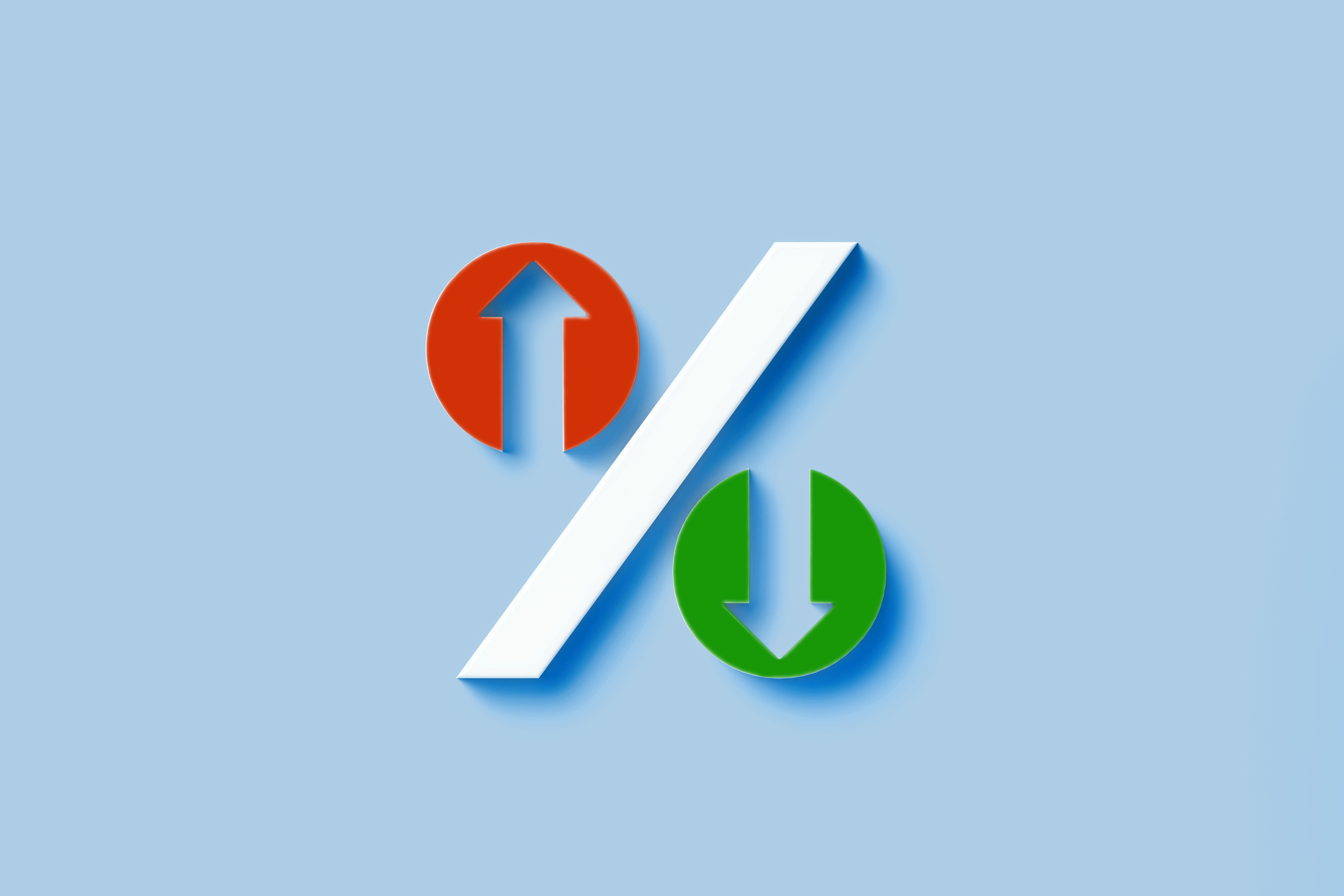TRIR: One More Reason to Focus on This Important Safety Metric
I’ll sum this article up in one sentence: Focus on TRIR before others focus on it for you.
Just a reminder, OSHA injury reporting data is publicly available, as are the industry averages. This can be a blessing or a curse, depending on which side of the average you fall.
As a refresher, TRIR stands for “Total Recordable Incident Rate.” OSHA developed this calculation to gauge a company’s safety record compared to its peers. It looks at the number of recordable incidents per 100 full-time workers during a year.
If you’re falling above the injury rate average for your industry…
You’re exposing yourself to reputational damage, never mind the potential for fines and lawsuits, and higher insurance premiums.
Amazon has found itself in the headlines recently – as their data showed they reported injury rates twice as high as the injury average.
This story has been plastered all over the news, added fuel to the workers’ push to unionize in several locations, and can’t have helped their hiring rate.
Poor TRIR scores may lead to an increase in surprise OSHA inspections and penalties. In addition, OSHA may increase its oversight of your company’s EHS programs.

By reviewing your TRIR data, an insurance company may raise your premiums. The higher your incident rate, the higher you could be paying for insurance.
As a reminder, there are plenty of steps you can take to lower your TRIR. The sooner you take action, the sooner you can keep your company off the radar.
On the flip side, if you’re below the injury rate average for your industry…
Shout it from the rooftops! Consumers, investors, and job hunters are monitoring this info. You’re doing something right – make sure everyone knows about it!
Consider this from a job seeker’s point of view:
Greg Sizemore, Vice President of health, safety, environment, and workforce development for Associated Builders and Contractors, and one of my favorite podcast guests shares this great quote, “We want to make sure people go home in the same or better condition than they started out.” Who wouldn’t want to work at a company with a stated goal like that? With a lower than average TRIR, you’re demonstrating that you do a better job at hitting this goal than your peers. Take credit for it.
And consider this from a buyer’s perspective:
Research on ESG uncovered that 88% of consumers will be more loyal to a company that supports social or environmental issues. And if you’re a company that subcontracts out services, calling out your injury rate can improve your ability to close more business. Lower accident rates mean fewer reasons for project delays.
We know you have a lot to keep on top of.
TRIR’s an important one.
KPA’s here to help. Prioritize safety on the jobsite and lower your TRIR rate by partnering with KPA.
KPA’s unique combination of software, consulting, and training allows organizations to automate manual processes, increase productivity, improve employee training, and reduce the overall cost of risk – the key factors influencing TRIR. Let us show you how.

